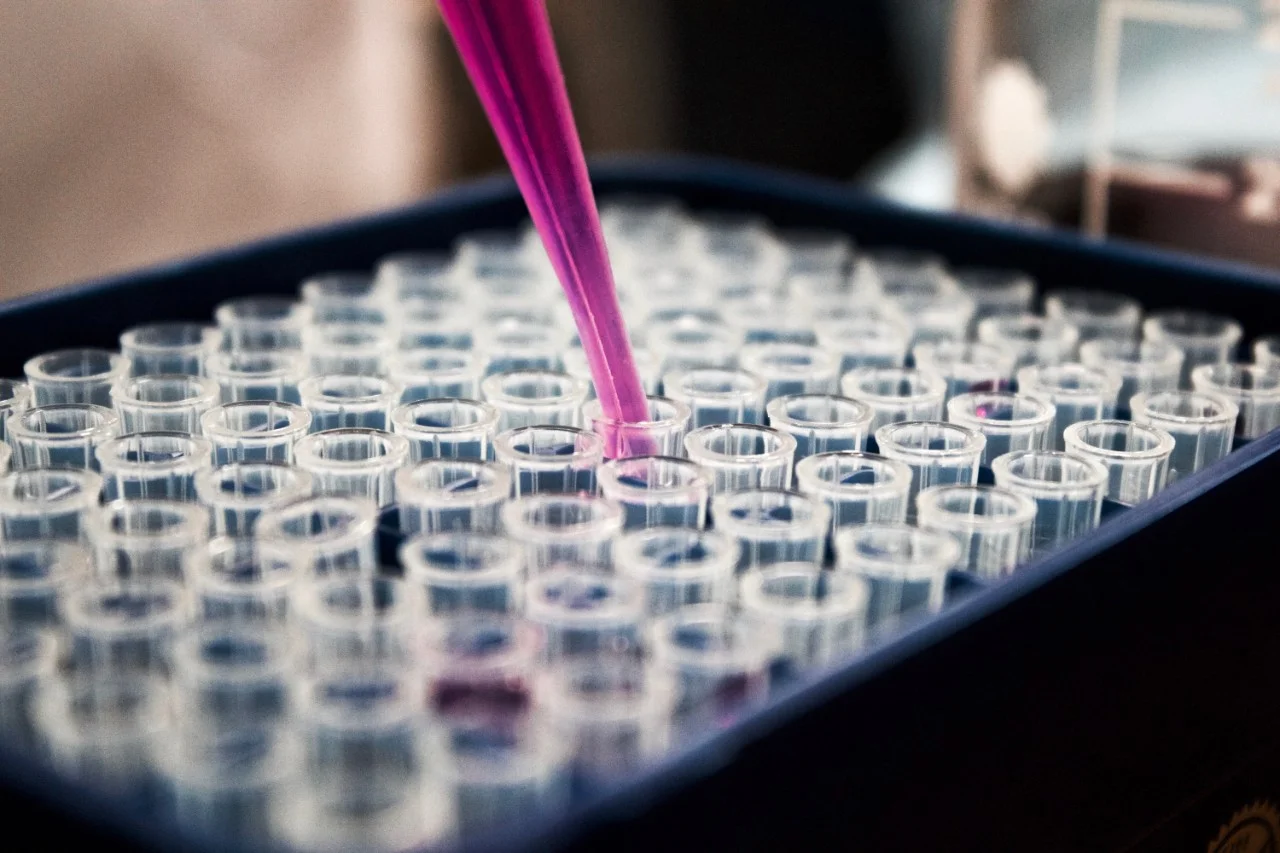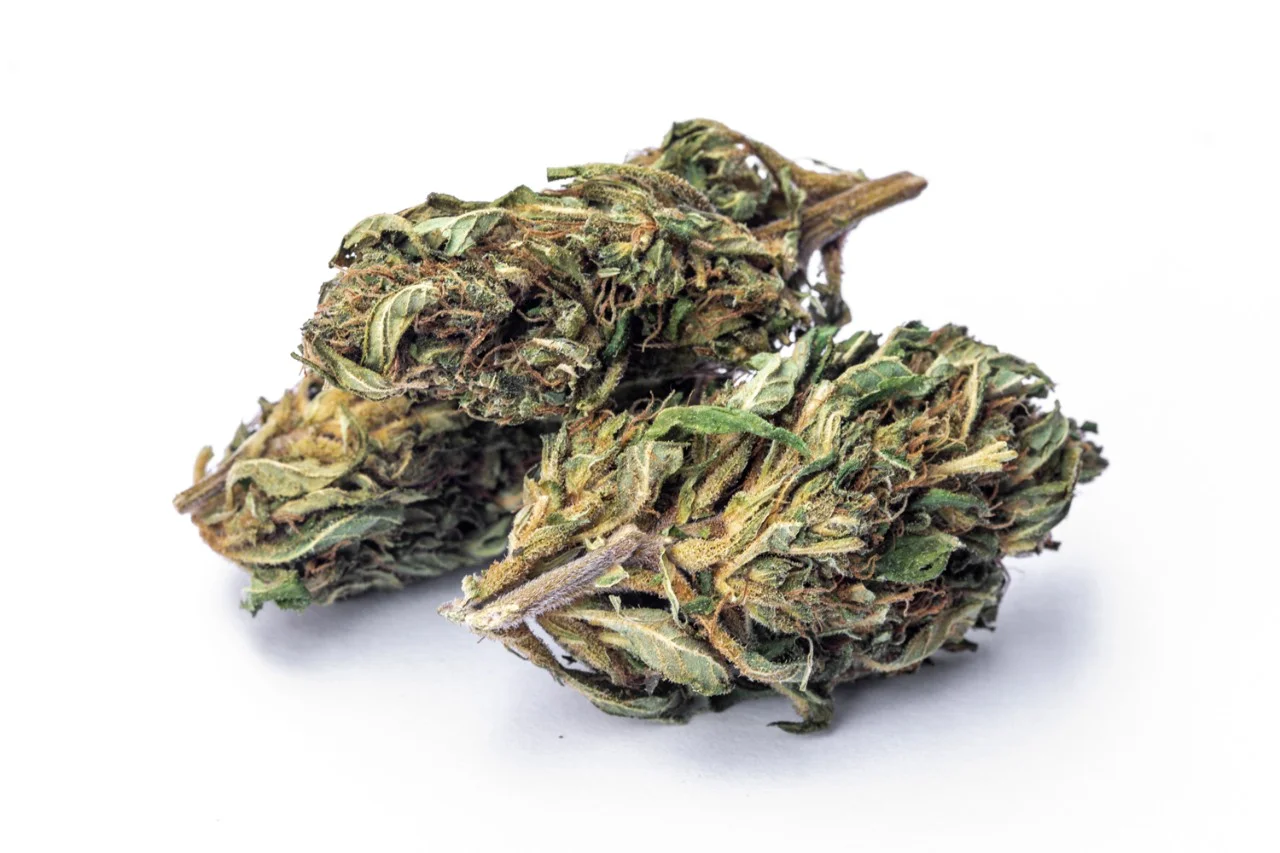You can search for courses, events, people, and anything else.
Justin Sinclair, a PhD candidate at Western.
Roughly 176 million women around the world have endometriosis, an incurable condition where tissue similar to the uterine lining is found outside the uterus. It can trigger severe abdominal pain, especially during menstruation, with serious impacts on many women’s daily life, work, relationships and well-being. Treatment options are available, but millions of sufferers are in countries without adequate healthcare. Justin Sinclair, a PhD candidate at the NICM Health Research Institute at Western Sydney University, has found that these women could benefit from active constituents found within the cannabis plant.
Australia legalised medicinal cannabis in 2016, but less than 5% of doctors prescribe it, and thousands of Australians still buy it illegally for therapeutic purposes. Manufactured cannabis products can cost patients $250 to $350 per month. Illicit cannabis costs about a third of that, but is of varying standards and not tested for adulteration, pesticide residues or heavy metals. This highlights the importance of quality-assured products. “If we can prove the safety, tolerability and effectiveness of medicinal cannabis in relieving the pain and associated symptoms of endometriosis, we can use this information to educate doctors and government, which is an important step in further reducing the stigma around this plant as a medicine,” says Sinclair. “This may lead to cheaper products and possible government subsidy through the Pharmaceutical Benefits Scheme.”
IF THE DRUGS DON’T WORK
Sinclair was inspired by a family member’s experience with endometriosis to look into the use of cannabis as a pain management strategy. In 2017, he was part of a team, led by Dr Mike Armour (see Here's Why Menstruation Matters), that used an online survey to investigate self-management strategies Australians with endometriosis were using to relieve their pain. These strategies ranged from heat packs to meditation, but more than one tenth of the 484 respondents also used illicit cannabis. When the women rated the pain reduction for each method they had tried, cannabis was ranked the most effective, scoring 7.6 out of 10. Many cannabis users had more than halved their prescription medicines and reported other benefits including better sleep, reduced nausea, and less anxiety and depression.
A similar survey of New Zealand endometriosis patients strengthened these findings, but this time, Sinclair and a larger international team examined which prescribed drugs cannabis users were using less. Opioids, a highly addictive analgesic medicine, were the most common type of painkiller that approximately 40% of women stopped taking. There was also a 15% reduction in the use of benzodiazepines, a potentially addictive sedative, a 17% reduction in non-steroidal anti-inflammatory drugs, and a 16% reduction in antidepressants. “This substitution effect is appearing more often in the literature,” explains Sinclair. “Women are replacing their normal medications with cannabis because they don’t like the side effects of the prescribed drugs or are worried about becoming addicted or dependent.” He adds a note of caution: “they may not be disclosing their therapeutic use of cannabis to their doctors, and as such, may not be aware that cannabis is not an appropriate medicine for everyone, or of the potential interactions cannabis has with other medicines, or that some medicines cannot be stopped abruptly. It really is crucial that this is done under the supervision and care of a medical doctor.”
Sinclair is now conducting an international survey on cannabis usage for endometriosis, in conjuntion with endometriosis support groups worldwide. “Specific questions around effectiveness, side effects, the types of cannabis products they use and how they take them will help us identify the most successful self-management trends. These will provide the basis for designing products for clinical trial,” Sinclair says.
Need to know
- Endometriosis affects approximately 700,000 Australian women.
- Medicinal cannabis is a pain relief strategy.
- Western researchers are working to remove some of the barriers associated with its prescription.
FORGING A PATH FOR MEDICINAL PLANTS
There are more than 140 cannabinoids across the Cannabis genus, but research has mainly focused on cannabidiol (CBD) and the intoxicating delta-9-tetrahydrocannabinol (THC). Further research could uncover new therapeutics, more efficient cultivation techniques, and optimum dosing methods, which will make a critical difference to patients. “Cannabis products taken orally may not act for up to two hours,” says Sinclair, “but the effects can last between six to eight hours, meaning someone could get a full night’s pain-free sleep.” The rising interest in cannabis could also encourage innovative uses of other medicinal plants. “I believe researchers worldwide have looked into the medicinal properties of less than 10% of the 300,000-plus flowering plant species worldwide,” he adds. At the Institute's Herbal Analysis and Pharmacology Lab, Sinclair has joined a team investigating how the anti-inflammatory effects of CBD change when combined with terpenes, the compounds behind the strong smell of herbs such as rosemary and lavender. Such lab work provides the molecular insights needed to design products for clinical trials.
TEACHING WITHOUT PREACHING
For Sinclair, the most important thing in driving change is education. “People have preconceptions because of what they were taught,” he says. “Until we can teach them that new information has come to light, we’re going to be at a stalemate.” Since 2016, Sinclair has given more than 100 lectures to the public, doctors, nurses, other healthcare professionals and fellow academics. The talks, many in conjunction with the medicinal cannabis advocacy charity, ‘United in Compassion’, have been well received. “There is great interest from all manner of medical doctors, but particularly GPs, and pharmacists and nurses who weren’t taught anything about the body’s endocannabinoid system during their training.” Many people are still sceptical, but Sinclair accepts that. “We present the evidence, answer questions, and allow people to make up their own mind.”
“We present the evidence, answer questions, and allow people to make up their own mind.”
CHANGING THE TUNE OF A NATION
In January 2020 in Melbourne, Sinclair presented evidence at the Senate inquiry into the current barriers to patient access to medicinal cannabis in Australia, highlighting the lack of unbiased education and the dearth of doctors willing to prescribe it, particularly in rural communities. The inquiry resulted in 20 recommendations to break down these barriers, including a safety review of cannabidiol that downgraded it from a prescription-only drug to one that, in certain forms and for certain conditions, can be bought from a pharmacist. But some legal hurdles still need to be overcome. “Unless the drug driving test detects for actual impairment rather than the mere presence of THC, patients will be too afraid of losing their licence to use a potentially life-changing and now legal medicine,” says Sinclair.
Through his ongoing research and collaborations, Sinclair hopes to prove and promote the positive effects of medicinal cannabis. “Endometriosis is a horrible reality, and for many women the prescribed medicines do not work,” he says. “I would love to be part of the research team to provide such evidence, and allow doctors to have the evidence they need to give patients other options.”
A DOSE FOR DEMENTIA
Another topic under the microscope at the NICM Health Research Institute is the use of medicinal cannabis for treating mild cognitive impairment, a transitional stage between healthy ageing and dementia when people start showing signs of memory loss. “This is a window of opportunity for interventions that could potentially delay the onset of Alzheimer’s disease,” says Genevieve Steiner, an associate professor of cognitive neuroscience at Western. “There have been almost 150 failed attempts at developing new drugs for Alzheimer’s disease in the past 20 years,” says Steiner, whose team is studying the effects of cannabis on memory loss. Previous preclinical studies show that CBD reverses memory impairment in animal models for Alzheimer’s disease, while CBD’s anti-inflammatory properties could help combat the underlying disease processes of Alzheimer’s in people. Steiner’s team is testing a cannabis-based treatment from licenced medicinal cannabis producers, Australian Natural Therapeutics Group (ANTG), for treating memory and thinking problems in people with mild cognitive impairment. This is now ready for the first human trial. “This research helps us fulfil our shared mission of using medicinal cannabis to alleviate suffering and improve quality of life,” says James Gaskell, ANTG’s Chief Operating Officer. “It could offer hope for millions of people worldwide and spur the development of the next-generation cannabis-based therapeutics for brain disease,” adds Steiner.
Credit
© Daniel Boud © Claudio Camilli/EyeEm/Getty Images © Priscilla du Preez/unsplash © Louis Reed/unsplash © Sharon McCutcheon/unsplash © Gemma Chua Tran/unsplash
Future-Makers is published for Western Sydney University by Nature Research Custom Media, part of Springer Nature.










